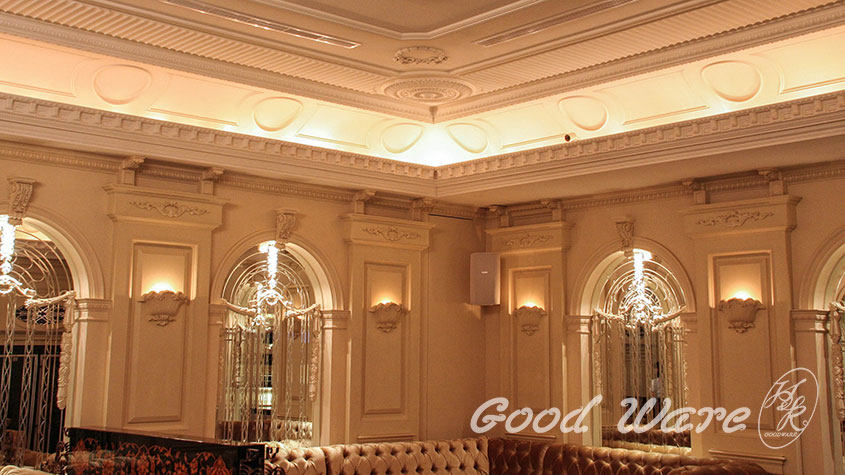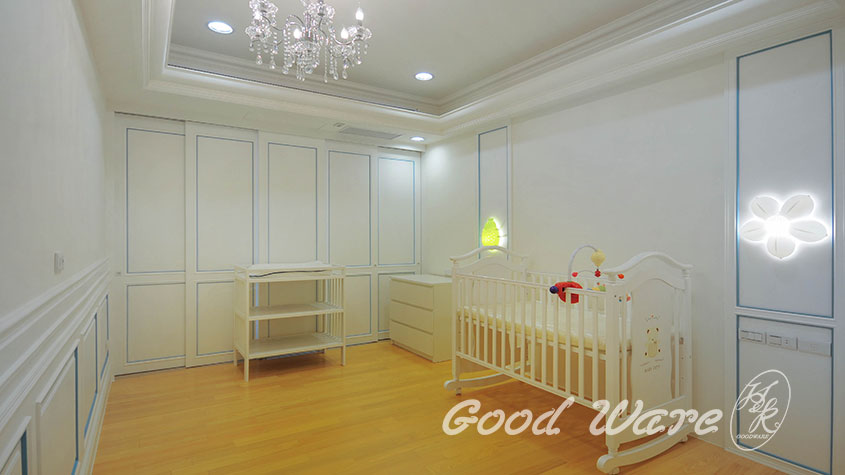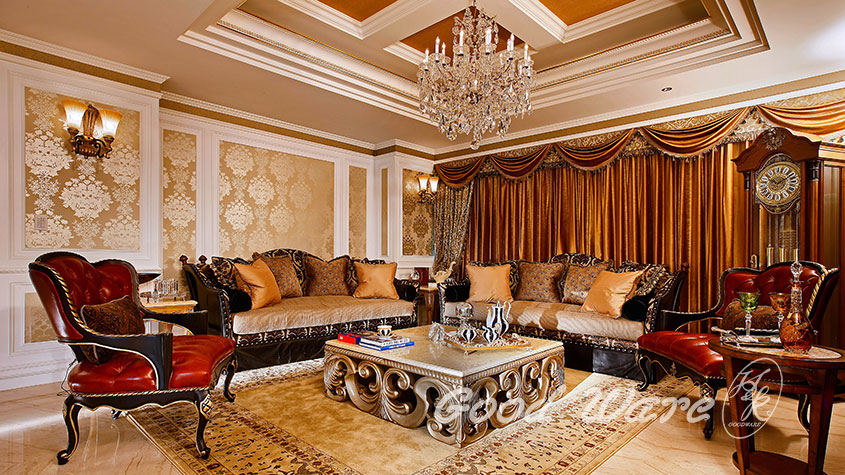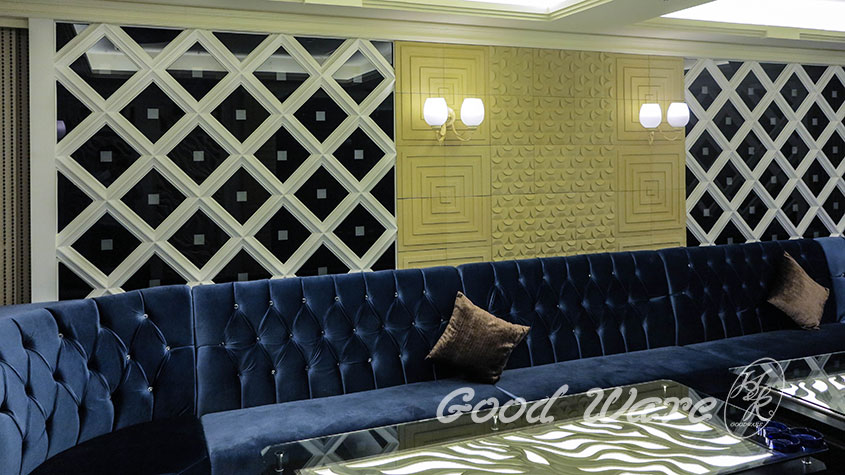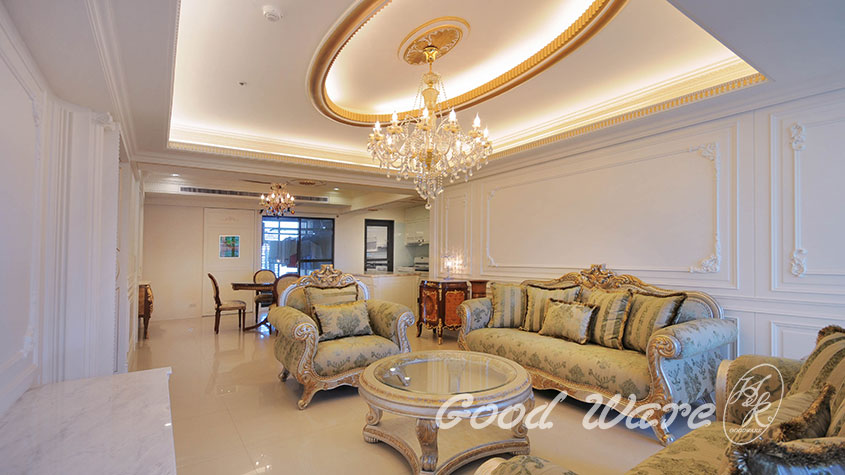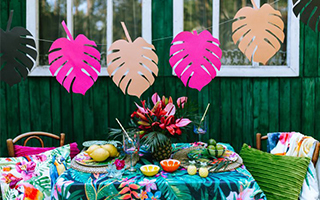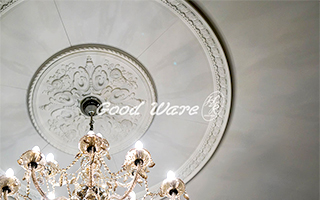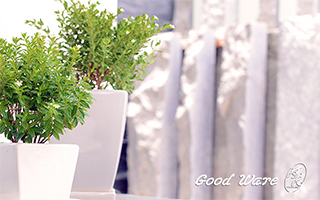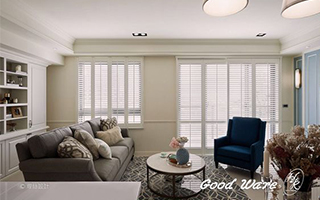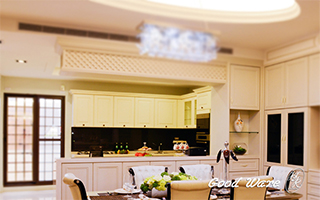Crown molding
Crown molding is the most popular one among molding types. Generally ,crown refers to the types of single-piece moldings that are installed on the angle to their adjoining surface. Crown moldings have a profiles that project out on the ceiling and down on the wall and gives a rich appearance to a room.
As its name suggests, crown molding serves as an ornamental capping to walls, cabinets, and built-in furniture. Crown molding also used as a decorative support for horizontal architectural elements like decorative ledges and shelves. Adding decorative crown molding to the relatively simple room provides a certain character that the room would not have otherwise. Many complex looking crown molding profiles consist of the series of simple moldings installed together to achieve a finished appearance. Among molding types,Crown moldings are also used in combination with other moldings to add details to the fireplace mantels and shelves.
Cornice molding
The term “cornice” describes one-piece molding installed along the top of the wall or above the window.Cornice molding is placed on the top, where the wall meets the ceiling. Even a single piece of cornice molding will add an entirely new dimension to a room. Cornice molding creates a decorative transition between walls and ceiling and works especially well in a rooms with high ceilings.
Crown molding and cornices have adorned interiors for centuries. By counseling and dressing up the joint where wall meets ceiling, these moldings do more than any other to eliminate imperfections in an untrimmed room.
Cove Molding
Cove molding is very similar to the crown molding in the molding types. Application and function of cove molding are identical to the crown molding. The difference between them is in the profile. Cove molding has a concave profile (bended inwards), on the contrary, crown molding profiles bends outwards.
Sophisticated cove molding that eliminates the ceiling line creating a perfect transition between ceiling and wall.However,Whether the ceiling of your room is high or low,among our wonderful available selection of decorative cove molding, you can surely to find one.Traditionally,cove and crown molding reflect and harmonize the type and function of the rooms they decorate.
Over the years ,coves and crowns have become much smaller, but most still bear the shapes and styles of their Greco-Roman origins.Entries, formal living rooms, and master bedrooms usually select moldings with ornate patterns, while kitchens and other more functional areas of the home have moldings with more simple design.
Chair-Rail Molding
A chair-rail molding divides wall horizontally, usually about three feet above the floor. Chair rails, which protect walls in areas subject to damage by chair backs, have nosing that give way to curved and beveled surfaces that taper back to the wall. Chair-rail molding was originally designed to prevent the tops of the chair backs from denting or marring the wall.For this reason chair-rail molding traditionally located about 30 to 33 inches above the floor and wrap around the perimeter of the room.
Today chair rail molding remains a common detail in traditional interiors. Traditional chair rails provide the decorating effect of unifying the various architectural details of the room, such as door and window trim, fireplace surround,ect.Decorative chair-rail molding, not like other molding types, often serves as a cap for a wainscoting or wood paneling. Considered decorative by today’s standards, chair rail molding adds a feeling of detail and charm to the walls and entitles continuality to a room by unifying it.
Panel Molding
Panel molding, commonly called a picture-frame molding, looks like a large empty frame. The placement of the picture-frame molding should be above chair rail height and about 10 to 12 inches down from the ceiling, depending upon the height of your walls. Picture frame molding is delicate in design. This molding measures from 1 to 3 inches in width. Like chair-rail molding, picture molding adds a feeling of charm and delicate details to the room. Wall panels provided elegant assent fore large expanses of the walls and helped popularize contrasting color schemes. Paneling on the walls enhancing a room’s sense of space.
Wall frames making a stronger statement than what paint or wall paper alone make.You can design and install wall-panel treatment using just a panel molding, or for more graceful effect you can use combination of panel molding and decorative panel molding corners made to fit perfectly with certain panel moldings designs.
Molding for Indirect Lighting
Molding for indirect lighting is a beautiful decorative addition to residential and commercial interiors. Innovative architectural moldings designed to be fixed only on the wall surface allowing light to be installed behind them. This molding is light weight, quick to install, and delivers ambiance with beautiful results. Moldings from this collection gives you sophisticated architectural details with clean vivid profiles that blend perfectly with any design scheme.
Molding with lighting is popular for numerous applications. With this molding you can add romance to a bedroom, majestic affect to the entry, accents to the hallway, or ambiance to the dining room. In general up-lighting to the ceiling makes ceilings appear higher. And that is why this molding is suitable for installation within spaces with low ceilings.

